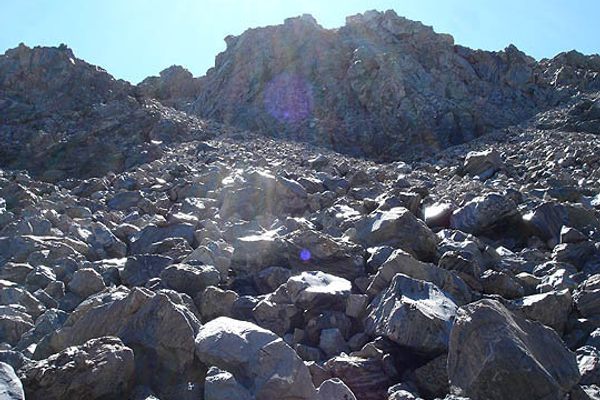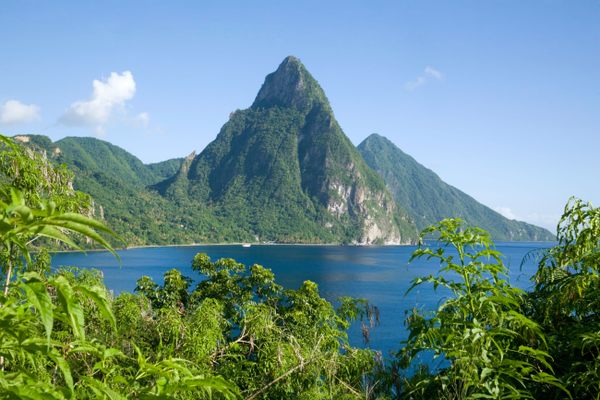Mount Tambora
Mount Tambora is the site of the largest and deadliest volcanic eruption in recorded human history.
Mount Tambora (Gunung Tambora) is a 9,354 foot-tall volcanic mountain located on the Indonesian island of Sumbawa and is the site of the largest volcanic eruption in the past 2,000 years.
When the volcano erupted in April 1815, the mountain lost about 4,000 feet of elevation and created a five mile wide, half-mile deep caldera. The eruption was also the deadliest ever in recorded human history, killing an estimated 60,000 to 120,000 people from pyroclastic flows, ashfall, and the poisoning of water and soil.
The reach of the volcanic eruption was felt far beyond Indonesia. The sulfur ejected into the atmosphere disrupted weather patterns around the globe, causing what would be known as “The Year Without a Summer.”
Cold and wet weather destroyed crops and helped spur epidemics like typhus and dysentery that destroyed vulnerable populations. It’s said that this period inspired Mary Wollstonecraft Shelly to write her classic, Frankenstein. The volcano is also partially blamed for a cholera epidemic that began in the Bengal region of India in 1817 and created the world’s first cholera pandemic.
Views from the top of Tambora are stunning and provide a peek into the caldera itself. Tambora is still an active volcano and fumaroles (steam vents) can usually be seen at the bottom of the caldera. A myriad of endemic birds and plants can also be found along the trail.
Know Before You Go
The area around Tambora was made into a national park in 2015, but there is little infrastructure for visitors. The summit, which is at the edge of the massive caldera, can be reached by a two to three-day roundtrip moderate hike.
Hikes in the caldera are possible as well. Most people start the hike in the village of Pancasila, although other routes are available. A guide is recommended, especially for hikers that want to walk the last section of the trail in the early morning to see the summit at sunrise.
A car route is available partway up the western side of the mountain and the Indonesian government is planning for new 4-wheel-drive roads in the park.
Watch out for leeches and a local stinging nettle called jelatang. Dress warmly for the summit.
Plan Your Trip
The Atlas Obscura Podcast is Back!


























Follow us on Twitter to get the latest on the world's hidden wonders.
Like us on Facebook to get the latest on the world's hidden wonders.
Follow us on Twitter Like us on Facebook